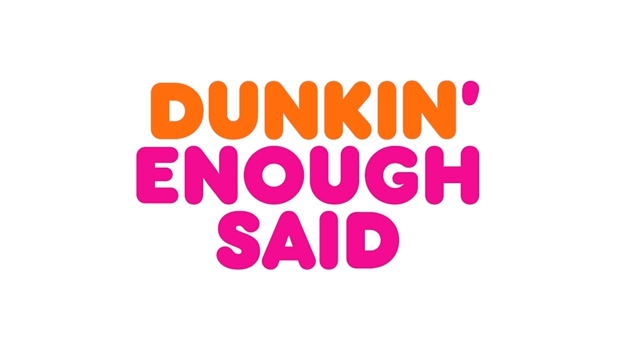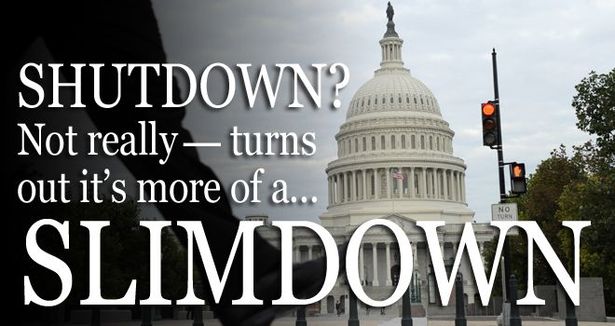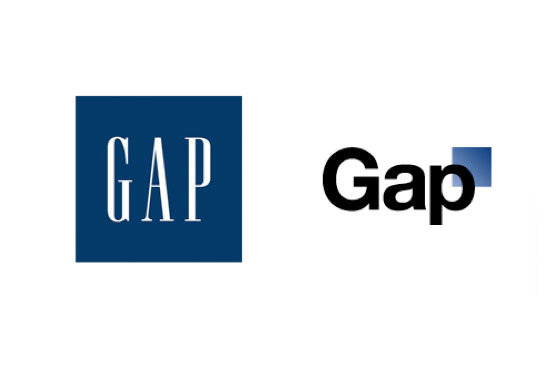Rebrands are almost always tricky, but they can pay big PR dividends. (Just ask IHOB!) Seriously, that was a publicity stunt, but this week, no less than three companies officially unveiled new names. Despite heavy news competition, they all grabbed public attention. The undisputed champ, if you measure by quality and quantity of positive media coverage, is Dunkin’ Donuts. Yesterday the chain announced with great fanfare that it was officially dropping “Donuts” from its name. Media and social coverage even referred to a (barely existing) backlash, which only made the news more shareable.
The Dunkin’ move was a win because it’s not really a stretch, but the coverage was a nice visibility boost. There’s a legitimate business reason for the change; for starters, the company sells more beverages than anything else. But “Dunkin” has been used in DD marketing for years, and it’s already a nickname among regular customers. And as smart marketers know, an affectionate nickname is branding gold.
A brand nickname is like a viral video. You may want it badly, but it can’t be forced. It grows out of a personal relationship or iconic status, and that’s a rare gift. Coca-Cola has not been shy about using “Coke” in its marketing. Harley-Davidson even tried to trademark its “Hog” moniker, although it was ruled too generic to be done. A few years General Motors found out that it shouldn’t mess with “Chevy” after its effort to legislate the use of the official “Chevrolet” name ran into a brick wall of customer resistance.
Consider those nicknames that have backfired. Pizza Hut tried to adopt just “the Hut,” but consumers turned it down cold. It was reminiscent of the late RadioShack’s short-lived nom de cool, “the Shack,” which flopped badly. In both cases, the corporation was trying to dictate the change rather than responding to something that happened organically.
Dunkin’ Donuts clearly knew what it had in the Dunkin’ sobriquet, but the brand did the smart thing in hyping the announcement and tying it to a menu expansion for the future. A rebrand should always signal more than just a name.
For Weight Watchers, which also rebranded this week, the challenge is heftier. It unveiled a new identity as WW, supported by the tagline “Wellness That Works.” In a media tour by photogenic CEO Mindy Grossman, the company explained the move as a rejection of the short-term “diet” mentality and embrace of long-term wellness and healthy lifestyles. The change drew a harsh reaction from some dietitians and body-positive advocates. Critics accused WW of hiding behind the wellness movement to push the same old diet messages, of being “diet culture in disguise.”
I don’t agree. WW has been trying to lose the “weight” since I worked with the brand two decades ago, and with good reason. The vocabulary of “dieting” is outdated, and WW is probably more geared to living and eating in the real world than its stunt diet competitors. The problem is that as a term and a product category, “wellness” carries its own baggage. But Weight Watchers needs to move beyond its church basement origins, and I think the change will be a healthy one.
The most awkward renaming of late was one that most people missed. At an advertising conference yesterday AT&T announced that its AppNexus ad-tech unit will be rebranded as … wait for it — Xandr. In my view, it’s an interesting name, but one that violates two unwritten rules of branding. First, the pronunciation isn’t intuitive – it’s meant to be “Zander” but could be pronounced “X-ander” or even “Ten-and R.” It was explained as a nod to Alexander Graham Bell, but you wouldn’t know that without being told. Yet for a B2B brand the stakes are lower, and advertising people are accustomed to such names, so they may not be bothered by it.
The name itself matters, and there will always be those who throw stones at it. But the most important thing about executing a rebrand is to maximize the PR value of the investment. A new name that’s not tied to forward-looking news is wasted. For this week’s announcements, each communicated the rebranding decision by tying it to business growth or changes, customer needs, and innovations for the future. That’s how you add meaning to a name change and real depth to a brand story.



